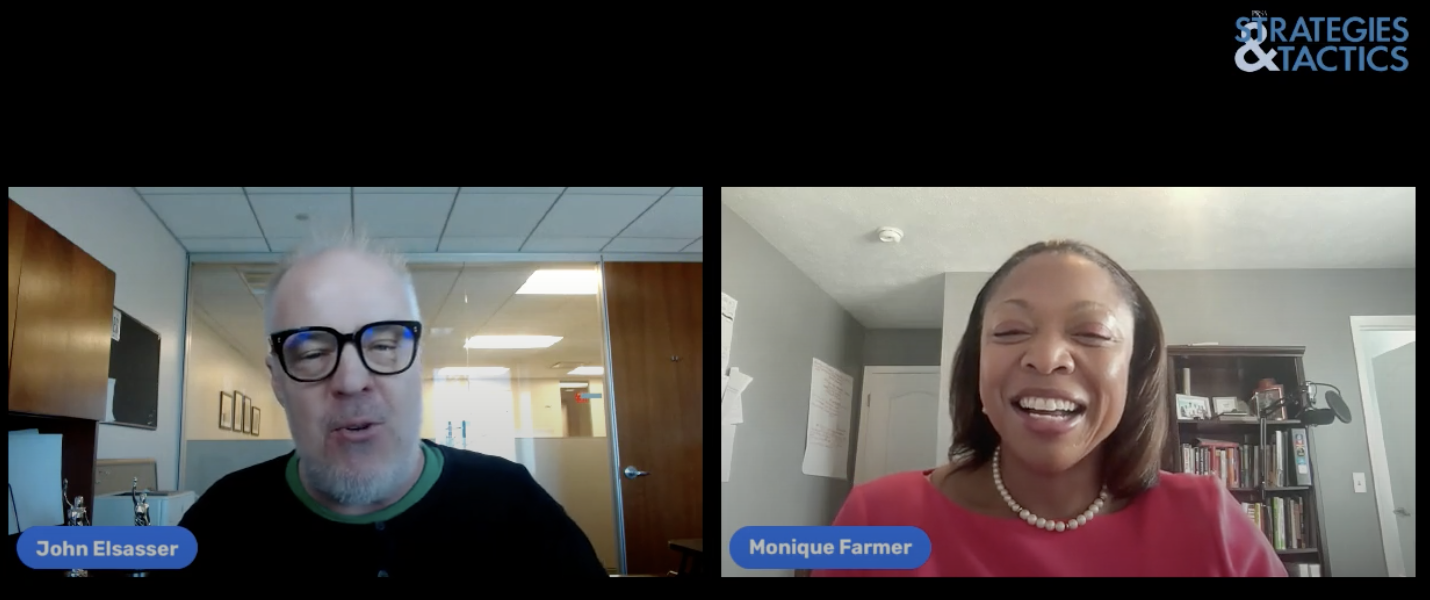Inside the May Issue: Anticipating the Crucial First Hour of a Crisis
By John Elsasser
May 2024
Welcome to the annual crisis issue of Strategies & Tactics.
I talked with Monique Farmer, APR, one of our frequent contributors. For this edition, she wrote a how-to piece titled "5 Steps for Navigating the First Hour of a Crisis."
If the first hour of a crisis is the most critical, then, “we have to think about that golden hour before it even strikes us,” Farmer said. Exercising that foresight “will help us successfully navigate a crisis situation.” But often, even in large organizations, teams do not plan for crises ahead of time, she said.
Farmer runs Avant Solutions, a PR and communications consultancy in Omaha, Neb., and is a lecturer at the University of Texas at Austin’s Moody College of Communication. She previously served as director of communications for Nebraska’s largest school district, Omaha Public Schools. She has also worked in corporate communications for ConAgra Foods and was a public affairs officer for the U.S. Army Corps of Engineers.
She sees a stark contrast between an issue and a crisis.
“Nowadays, we call everything a crisis,” she said. However, “Some things are issues that we need to monitor,” such as reputational challenges.
But a genuine crisis — a natural disaster, for instance — has a cycle. Before it occurs, “we’re preparing for potential vulnerabilities that we could encounter,” Farmer said. “And then during the crisis, we’re managing it.” Afterward, crisis communicators might concentrate on image repair by working with a legal team or stakeholders.
Farmer recommends that crisis communicators select the team ahead of time that will handle a particular crisis response. Different team members will be needed, depending on the nature of the crisis.
“It’s very helpful to know that in advance,” she said, “so everybody on the team knows their role and how they will function in that role."
Check out the full video interview with Monique below.



